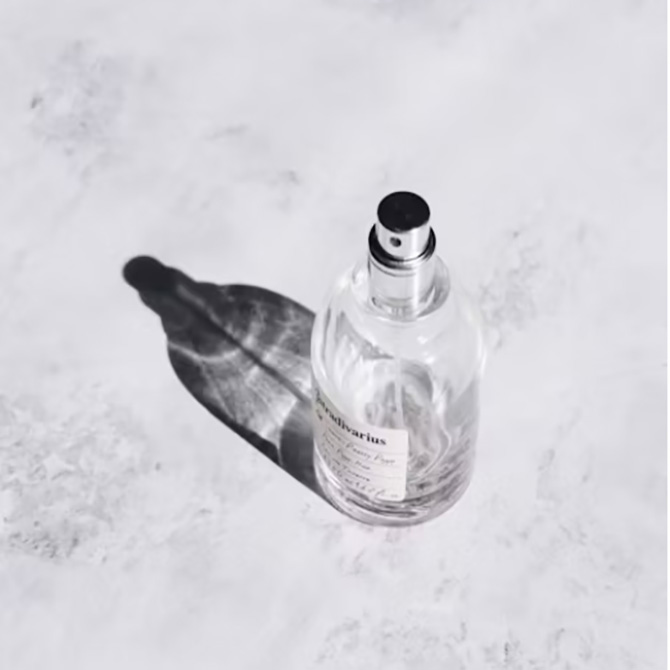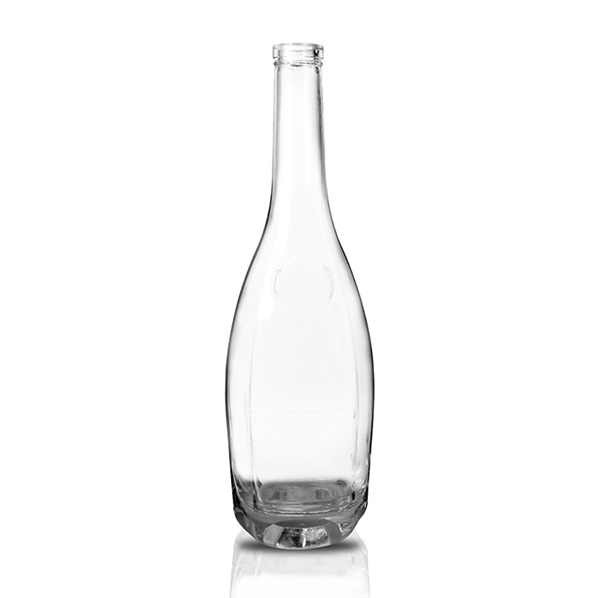Alright, folks, let's settle this bar debate once and for all: Can you consider mini liquor bottles as legit collectibles? Spoiler alert: Absolutely, and it's way more fascinating than you might think! Forget dusty old stamps for a sec; we're diving into the surprisingly vibrant world of these pocket-sized spirits. It's not just about the booze inside (though that doesn't hurt); it's about history, art, community, and the thrill of the hunt. So, grab your metaphorical magnifying glass, and let's explore why mini liquor bottles are seriously cool collectibles.
More Than Just a Freebie: The Unexpected Allure of the Mini Liquor Bottle
We've all seen them – those little mini liquor bottles perched near hotel room TVs, handed out on airplanes, or tempting you at the liquor store checkout. For most people, they're a single-serving convenience. But for a dedicated group of collectors? They're tiny capsules of history and craftsmanship. The appeal is multifaceted. First off, there's the sheer variety. Think about it: thousands of brands, spanning decades, from iconic global names to obscure regional distilleries long gone. Each mini liquor bottle represents a specific moment in time for that producer. Finding a perfectly preserved mini from a distillery that closed in the 1970s? That's pure collecting gold. Then there's the design element. These little guys showcase incredible detail – intricate labels, unique bottle shapes (ships, log cabins, animals!), colorful tax stamps, and fancy closures. Appreciating the artistry on such a small scale is a big part of the fun.

A Shot of History: The Evolution of the Mini Liquor Bottle
To understand why mini liquor bottles became collectibles, we gotta rewind. Their story in the US really kicked off after Prohibition ended. Distillers needed ways to promote their products, and small, affordable samples were perfect. Airlines and hotels became massive consumers, offering them as amenities (remember those little bottles on Pan Am?). The 1960s through the 1980s were arguably the golden age. Production soared, designs got wilder, and limited editions became a thing. Collectors started noticing – swapping duplicates at conventions, meticulously cataloging finds. Key historical milestones fuel the hobby. Finding pre-1960s minis is tough and exciting. Bottles with paper tax strips (common before the 1980s) are highly sought-after. Changes in measurement laws (moving from pints/fifths to metric sizes like 50ml) created distinct eras. Even the shift from cork to plastic screw caps marks a transition point for collectors. Each mini liquor bottle whispers a story about regulations, marketing, and American drinking culture through the decades.
What Makes a Mini Liquor Bottle "Collectible"? (It's Not Just Age!)
Okay, so not every random mini liquor bottle tossed in a drawer is instant treasure. Like any collectible, certain factors crank up the value and desirability:
The Thriving Community: It's Not a Solo Sip!
One of the best things about collecting mini liquor bottles? You're not alone! This hobby boasts a genuinely passionate and welcoming community. Forget stuffy antique dealers; think folks swapping stories and bottles at dedicated conventions. Organizations like the National Association of Miniature Spirit Bottle Collectors (NAMSA) in the US provide huge resources – membership directories, newsletters, authentication help, and most importantly, events. Regional shows and national conventions are the lifeblood. Imagine rooms filled with tables showcasing thousands of minis, dealers specializing in rare finds, and collectors eagerly trading to fill gaps in their collections. Online forums and Facebook groups buzz 24/7 with people sharing new acquisitions, asking for identifications ("What's this weird mini liquor bottle I found?"), and offering advice. The camaraderie is real. Seasoned collectors often love mentoring newcomers, sharing knowledge about dating bottles, identifying fakes, and proper storage techniques. It’s a hobby built on sharing the passion.
Starting Your Own Mini Liquor Bottle Collection: Tips for Newbies
Feeling inspired? Jumping into collecting mini liquor bottles is pretty accessible! Here's how to start without breaking the bank or getting overwhelmed:

Beyond the Bar: The Value and Future of Mini Bottle Collecting
So, what's the bottom line on collecting these tiny titans? While you shouldn't expect your retirement fund to come solely from mini liquor bottles (though some rare ones do sell for hundreds!), the value proposition is solid and multi-layered:
Looking ahead, the hobby shows no signs of drying up. Modern distilleries increasingly release special edition minis, understanding their appeal to both drinkers and collectors. Online marketplaces and communities make finding and trading easier than ever. While the peak production era is past, ensuring a finite supply of older bottles, the passion of collectors ensures these miniature marvels will be appreciated, preserved, and sought after for generations to come.
The Verdict: A Resounding "Yes, They're Collectibles!"
So, circling back to our original question: "Can you consider mini liquor bottles as collectibles?" The evidence is overwhelming. From their rich history and incredible design diversity to the dedicated global community and the genuine thrill of discovery, mini liquor bottles have all the hallmarks of a legitimate and fascinating collecting field. They're more than just souvenirs or quick drinks; they're tiny, tangible pieces of cultural and commercial history. Whether you're drawn to the hunt, the artistry, the nostalgia, or the camaraderie, there's a place for you in this unique hobby. So next time you see one of those little bottles, look a bit closer. You might just be holding a miniature masterpiece waiting to be appreciated.